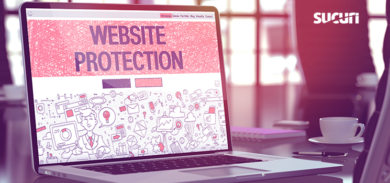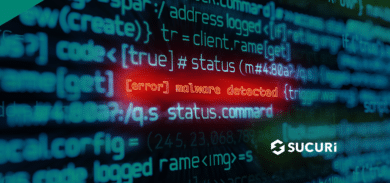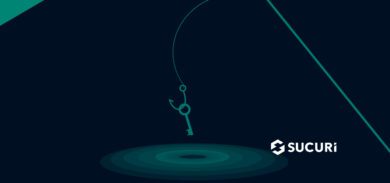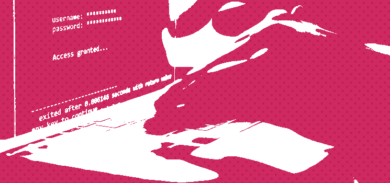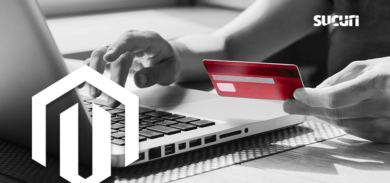When it comes to content management systems (CMS) for websites, Drupal is a highly flexible and extendible open-source solution. It is often preferred by technical developers and large government and educational websites. Because of this, the Drupal community is strongly committed to keeping the software secure.
But no software can be completely immune from vulnerabilities and attacks. Drupal is no exception, coming in as the third most-infected CMS in Sucuri’s 2019 Website Threat Research Report. As a result, it is best for Drupal users to implement a strong security plan for their websites.
Drupal Security Guide: How to Secure & Protect Your Website
Sucuri’s new security guide is intended to teach Drupal users basic techniques to improve their security posture. The guide covers a wide array of security topics, including an overview of the most popular vulnerabilities and threats, tips for hardening security settings, instructions on cleaning up a hacked website, and more.
Contribute or Get Assistance
If you are having trouble completing any steps in this guide, you may be able to find help by contacting your host or posting on the Drupal support forums. If you’re interested in protecting your Drupal site further with our website security platform or Web Application Firewall (WAF), chat with us to learn how we can help.
We hope that our guides will help contribute to the constantly changing landscape of Drupal security. In the open-source spirit of Drupal, we want to hear from you! If you’d like to suggest an update or another Drupal security topic you’d like to have covered, get in touch with us at marketing@sucuri.net.

